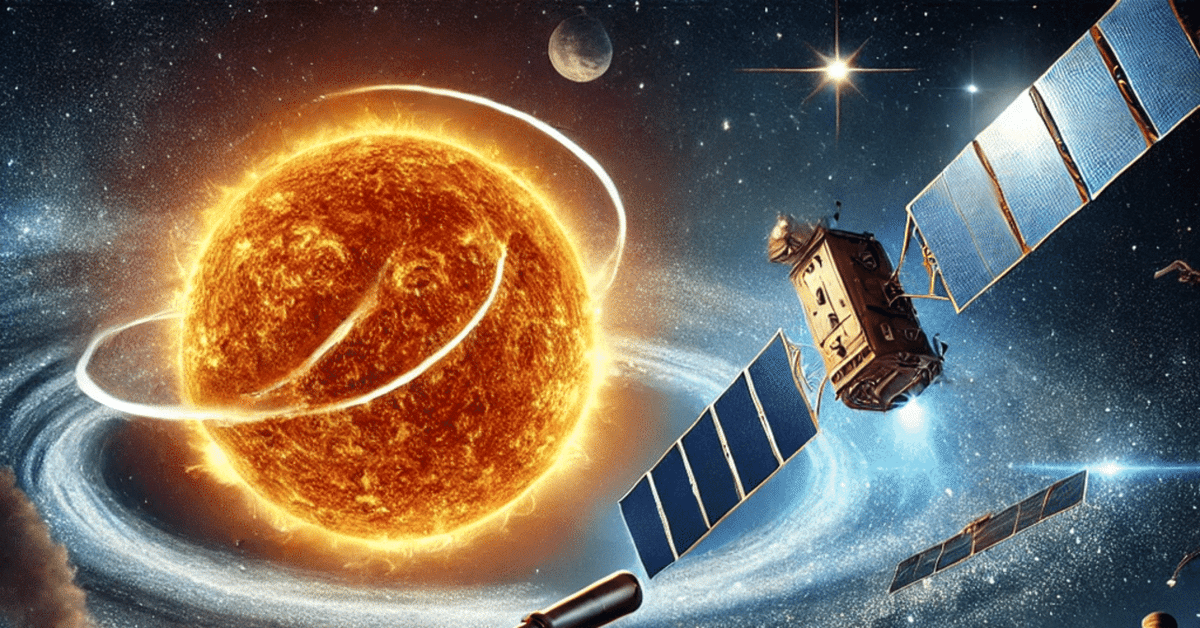
宇宙太陽光発電:2024年10月19日(土)
松本紘先生(国立研究開発法人理化学研究所初代理事長)が京都大学総長を務めておられた2011年に,先生は『宇宙太陽光発電所』(ディスカバー・トゥエンティワン)という書籍を出版された。松本先生の専門分野は宇宙科学,宇宙電波工学である。それから13年が経過し,一昨日(10月17日),京都大学宇治キャンパスで,宇宙太陽光発電(SSPS;Space-based Solar Power Systems)に不可欠なマイクロ波による送電実験が行われ,2045年以降の実用化を目指す段階までやってきた。
私の記憶が定かではなく恐縮であるが,2011年頃のことだったと思うが,京都大学大学院エネルギー科学研究科が主催した「エネルギーに関するシンポジウム」が京都大学百周年時計台記念館で開催され,私も参加した。私はエネルギー科学研究科の修了生だったので,多分,その関係で参加させていただいたのだと思う。そのシンポジウムのなかで「宇宙太陽光発電」に関するセッションがあり,松本先生がご講演された。松本先生が力強く宇宙太陽光発電の必要性と実現可能性を説明されたのであるが,そのセッションに参加していた国内外の研究者のほとんどが,「SF小説のようだ」「宇宙大戦争が起きるリスクが心配だ」などをはじめ,それほどの早い時期には実現されることはない夢の技術だと捉えていたと思う。
地上から高度36,000kmの静止軌道に太陽光パネル発電施設を搭載させた人工衛星で電力を発電し,そこから電気をマイクロ波に変換して地上の特定の場所に照射する構想だ。成功すれば,一日あたり24時間発電できる。欧米などでも複数の研究開発プロジェクトが稼働している。核融合発電と宇宙太陽光発電のどちらが先に実用化されるか,たのしみである。
Space-based solar power: Saturday, October 19, 2024
In 2011, Professor Hiroshi Matsumoto (the first President of the RIKEN National Research and Development Institute), who was then serving as President of Kyoto University, published a book titled Space-Based Solar Power Stations (Discover 21). Professor Matsumoto’s area of expertise is space science and space radio engineering. Thirteen years have passed since then, and the day before yesterday (October 17), a microwave power transmission experiment, essential for space-based solar power systems (SSPS), was conducted at Kyoto University’s Uji campus, marking a significant step towards commercialization after 2045.
My memory is a bit unclear, so I apologize, but I believe it was around 2011 when the Graduate School of Energy Science at Kyoto University hosted a ‘Symposium on Energy’ at the Kyoto University Centennial Clock Tower Memorial Hall, and I also attended. Since I was a graduate of the Graduate School of Energy Science, I assume that’s why I was allowed to participate. During that symposium, there was a session on space-based solar power, and Professor Matsumoto gave a lecture. He strongly explained the necessity and feasibility of space-based solar power, but most of the domestic and international researchers participating in that session seemed to view it as a dream technology that would not be realized anytime soon, with comments like ‘It sounds like science fiction’ and concerns about ‘the risk of space warfare.’
The concept involves generating electricity using a satellite equipped with solar panels stationed in geostationary orbit 36,000 km above the Earth, converting the electricity into microwaves, and beaming it to specific locations on the ground. If successful, it could enable 24-hour power generation. Several research and development projects are also underway in Europe and the United States. I’m excited to see whether nuclear fusion power or space-based solar power will be commercialized first.
いいなと思ったら応援しよう!

